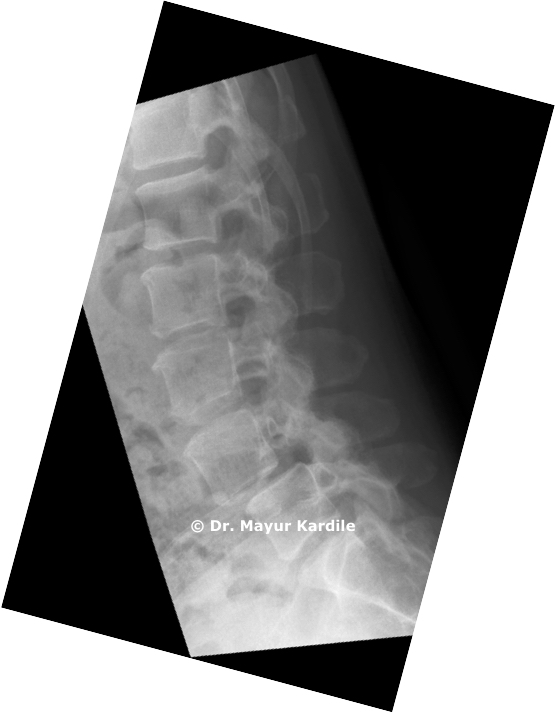 Book Appointment
Book Appointment
 +91 77740 40002
+91 77740 40002
Lumbar Spinal stenosis is a term used to describe a narrowing of the spinal canal. It is a broad term which refers to the symptoms which may result from the narrowing of the spinal canal in the lower back. This can be caused due to ageing, injury, or degeneration. It occurs when the bone tunnels in the spine that transmits the spinal cord and nerve roots become narrowed and thin at the lower back. The spinal nerve roots typically get compressed which leads to pain in the lower back, buttocks and legs.
Lumbar spinal stenosis may affect one or more anatomical parts, which includes the spinal canal a.k.a lumbar canal stenosis and intervertebral foramen a.k.a lumbar foraminal stenosis.
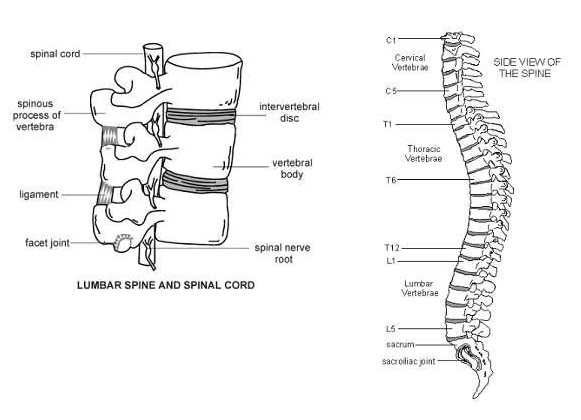
Lumbar Canal Stenosis : As the spinal canal narrows, the spinal cord along with the nerve roots gets compressed - this condition is known as lumbar canal stenosis. The lumbar spinal canal can be further divided into other sections, which are the, lateral recess and subarticular compartments. Narrowing of these specific compartments may lead to rise in ‘lateral recess stenosis’ or ‘subarticular stenosis’.
Lumbar Foraminal Stenosis : The spinal nerve roots exits the lumbar spinal canal by passing from the intervertebral foraminae. The nerves further travel to the legs, bladder and bowels where they control sensation and the movement. As the intervertebral foraminae are narrowed, the nerve roots may lead to compression - this condition is known as the lumbar foraminal stenosis.
Lumbar spinal stenosis is a common condition and is usually caused by
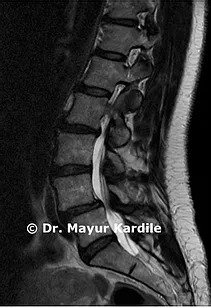
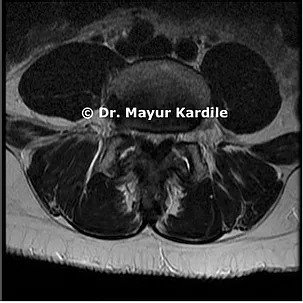
Spinal stenosis is a common condition , especially found in the elderly population . However, it can also affect younger people . Spinal stenosis mostly affects the Lumabr spine. The cervical spine ( neck) is second most place in the body which can be affected by spinal stenosis. Spinal Stenosis affects the least at the back of your chest which is medically known as thoracic spine.
The symptoms can vary for lumbar spinal stenosis and in few patients there may be no symptoms at all.
The degree of the compression in the lumber changes with posture and activity, which accounts for variations in the pattern and location of pain.
Patients facing symptoms of lumbar stenosis typically experience pain while standing or walking. Typically, patients complain of pain in legs on walking certain distance. The patient has to sit down or lean forward to relieve the pain. The pain typically tends to return while standing upright or walking. This pattern of pain is commonly referred to as ‘neurogenic claudication’.
The nerves to the bladder or bowel may be compressed in severe cases, which can lead to incontinence i.e loss of control of urine or faeces. This condition is called Cauda Equina Syndrome. In such cases , it is needed to seek medical attention at the earliest
A detailed history and thorough clinical examination is important to diagnose Lumbar Canal Stenosis. To determine the root cause of your symptoms, The Spine Surgeon may reqeust investigations like
a) Medication :
At Pune Spine Insitute the Lumbar spinal stenosis is always aimed to be treated conservatively in the first instance. Medications to relieve pain and reduce inflammation are prescribed. The medications may include
Nonsurgical Lumbar canal stenosis treatments like physiotherapy, hydrotherapy, Pilates, chiropractic, acupuncture and osteopathy may be suggested . A physiotherapy may help you build up and maintain strength, endurance, and flexibility for spinal stability. Few of the exercises may help in strengthening the patients back and abdominal muscles which are a part of core muscle groups since they help support the back.
Physical therapy may also include the use of heat or ice packs, ultrasound, electrical stimulation, and massage at the back. These Lumbar canal stenosis treatments can help in relaxing the tight muscles and ease the pain or discomfort. A back brace may also be recommended which can also help in supporting the back and may be especially helpful for people who have degeneration in more than one area of the spine.
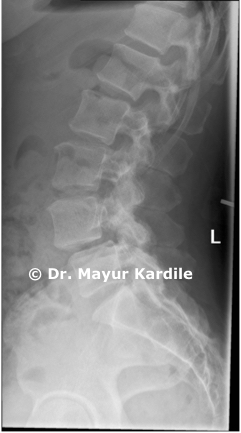
The spine surgeon may also recommend the patient to take rest in order to restrict straining activities for the patients back. Which would then be followed by a graded exercises which can help in maintaining strength and flexibility of the back muscles. Prolonged strict bed rest is not recommended unless required
Severe cases of lumbar spinal stenosis may require surgery. There are various types of surgery done to relieve pressure on the spinal cord and nerves in order to help strengthen the spine. When Surgery is imperative, Most Commonly, Dr. Kardile operates with Minimally invasive Spine Surgery techniques which involve very less tissue handling and give rapid recovery
The Various types of surgeries are
